INVADE looks at algorithms to solve grid overload
Intelligent charging of electric cars could significantly reduce the need for grid extensions. This is the result of a smart charging test within the framework of the now completed European project Invade. The central component of the test was a specially created algorithm from GreenFlux.
To implement the test run, the Dutch eMobility company GreenFlux worked together with the Dutch organization ElaadNL and a consortium of twelve European partners. What is special about the project is that no hardware was specially installed or adapted at any test site. All smart-charging operations were remote-controlled via a cloud-based system. “This makes the solution extremely scalable,” comments GreenFlux Innovation Manager Lennart Verheijen, whose company developed a special algorithm as part of the project.
This algorithm serves several objectives: It aims to prevent grid overloads through intelligent charging, incorporate renewable energies and exploit fluctuations in electricity prices to the benefit of customers. Specifically, the company has succeeded in making smart charging even more intelligent by improving the Open Smart Charging Protocol (OSCP) on the one hand and using the fluctuating current to charge electric vehicles on the other. GreenFlux’ conclusion: “We are prepared for a future in which millions of cars will use massively sustainable energy when it is available, while at the same time we can keep the costs of grid expansion to an absolute minimum.
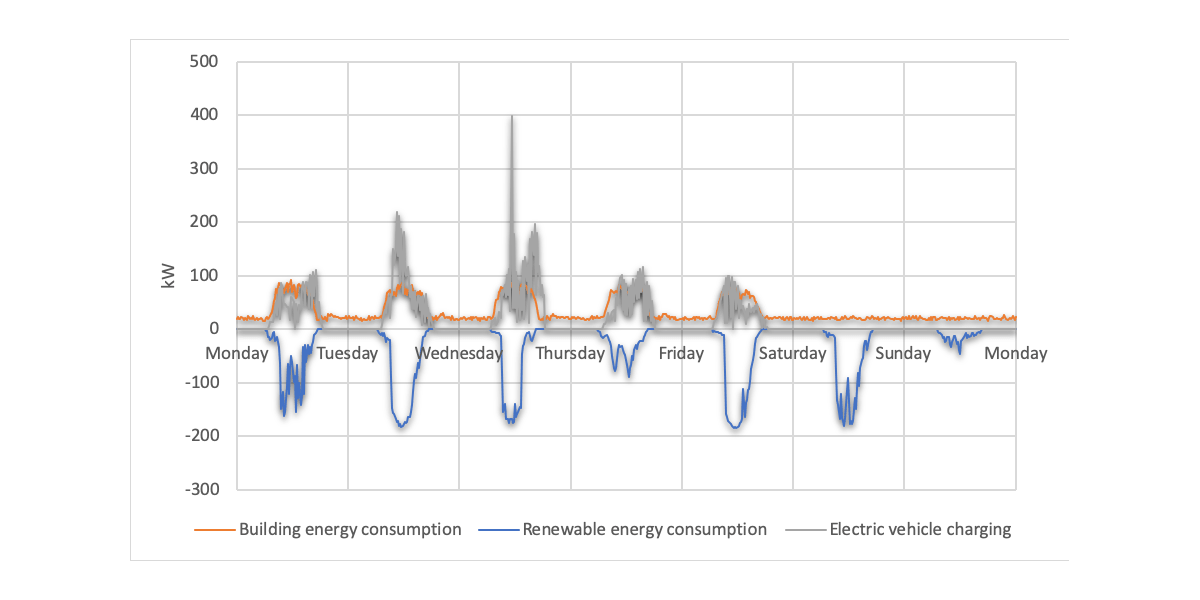
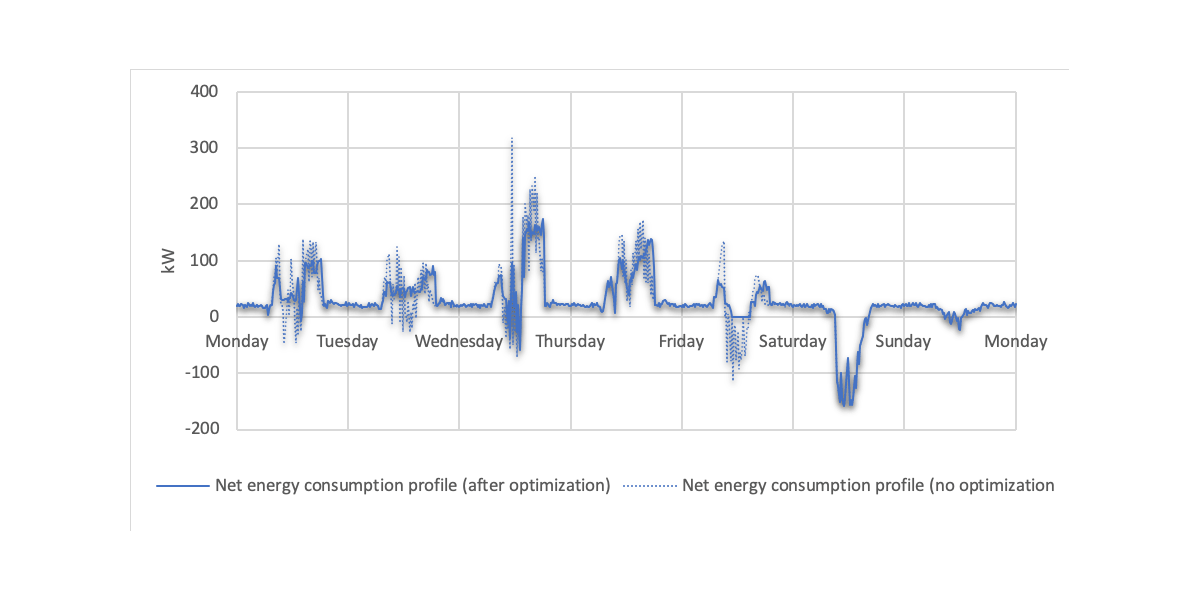
The field test preceding this conclusion was as follows: GreenFlux took households and offices as test environments, while ElaadNL investigated the situation for public charging points. In the first case, the partners analysed about 50 households with at least one electric car, a private charging station and preferably also a solar system. In the test for office buildings, they concentrated on eight locations with a total of 199 charging stations.
The result: office buildings can often save themselves the expense of expanding the grid and subsequent operating costs through the tested smart charging approach. In the case of one subscriber location, this represents a cost saving of a quarter of a million euros, according to an accompanying press release. The same applies to private households, where the network operators in particular benefit from the intelligent charging practice, it continues.
Public charging points can also be operated with wind and solar energy thanks to algorithms. ElaadNL tested this in its Living Lab and at 700 EVnetNL public charging stations. It was simulated that these are located in two neighbourhoods – in Ede (Doesburgerbuurt) and in Arnhem (Schuytgraaf-Noord) – at 100% electric car quota. The scenario has shown that public charging points could also play an important role in balancing the energy network, it says.
In summary, GreenFlux concludes that the flexibility offered by electric cars – especially when there are millions of them – is of great value to the energy system: “If the solutions from the Invade project are scaled up to a situation where all cars are electric, the total flexible power offered by electric cars could be six to nine times higher than our current total daily electricity needs,” the company estimates.
With reporting by Cora Werwitzke, France.
greenflux.com, h2020invade.eu (project site)

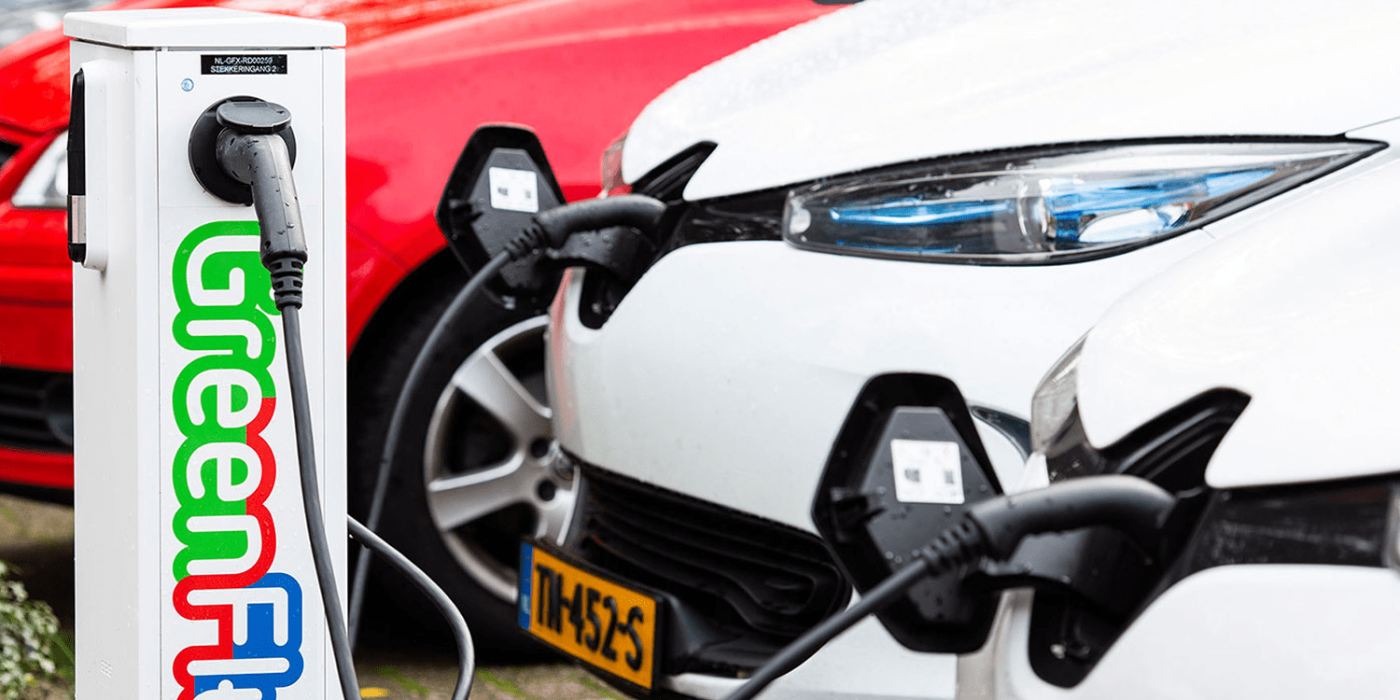
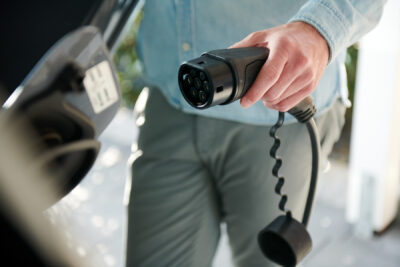

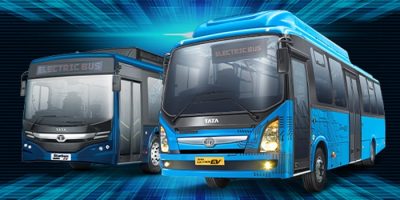
0 Comments